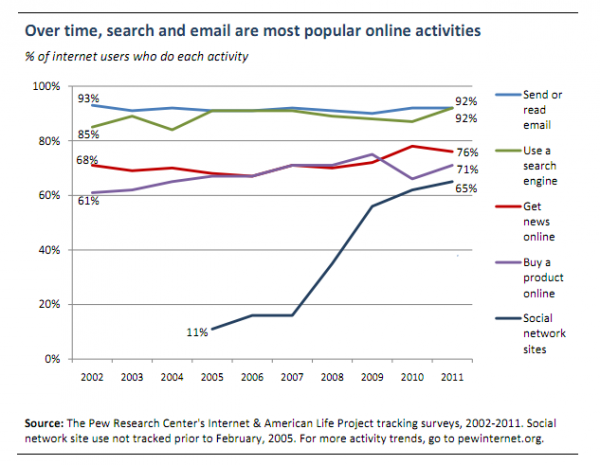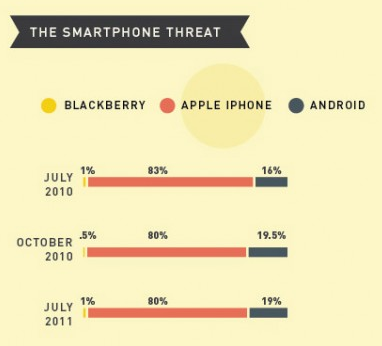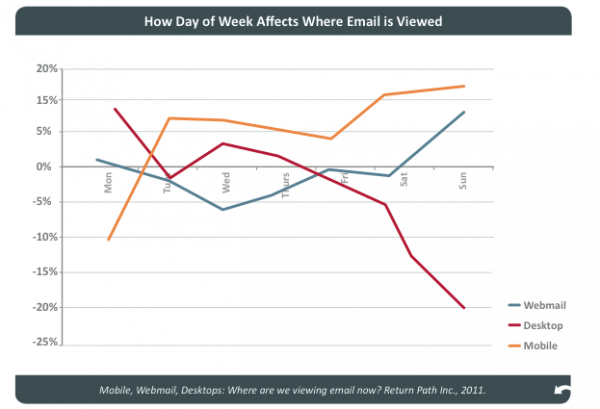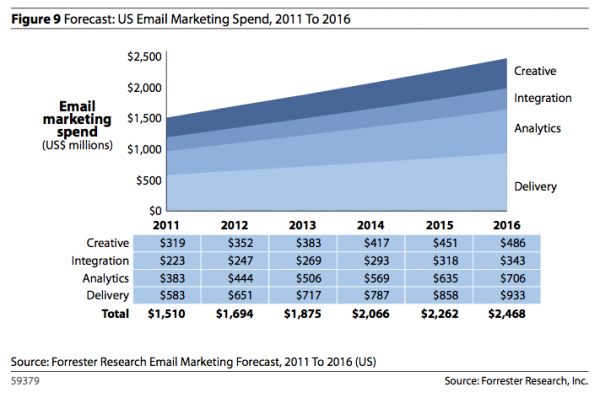Tried And True, But Not Tired: Email Marketing Now
In recent years, email has been seen as the quiet workhorse, the tried-and-true unsung hero of the interactive marketing world. But just because something is tried-and-true doesn’t mean there’s not change afoot. Yes, some things stay the same. A Pew Internet survey earlier this year found email continues to be one of the most popular […]
In recent years, email has been seen as the quiet workhorse, the tried-and-true unsung hero of the interactive marketing world. But just because something is tried-and-true doesn’t mean there’s not change afoot.
Yes, some things stay the same. A Pew Internet survey earlier this year found email continues to be one of the most popular activities online, despite newer innovations in personal communication like Facebook and Twitter. Ninety-two percent of Internet users surveyed by Pew reported using email. The only other activity that came close was search, which was used by the same number of folks.
What has changed somewhat is that email has become a habit for more people. Today, 61% of online adults check their email on a typical day. Back in 2002, only 49% used email in a typical day. Also, more people overall use email. In January of 2002, 55% of all Americans said they used email. That number grew to 70% in the latest survey.
What has changed most dramatically, though, is where people check their email. This deserves, and is likely getting, a lot of attention from marketers in 2011, and its significance will only grow in 2012.
Mobile Booms
Email opens on mobile devices have increased 150% over the past six months, according to email marketing technology provider Litmus, while desktop opens have remained about the same. Webmail opens have dropped 20% over the same period.

Image via Litmus
Return Path saw more modest growth in mobile, only showing a 34% increase between April and September of 2011. The email firm also saw both webmail and desktop decreasing. IPad opens showed the most dramatic growth – 73% – in Return Path’s data.
When it comes to smartphones, Litmus found that Apple’s iPhone accounts for the majority of the opens (80%), with Android trailing (19%) and Blackberry representing just a small fraction (1%).
Interestingly, and perhaps not surprisingly, where people use email depends on when it is. Desktop email usage dipped dramatically on weekends, while mobile soared. Webmail also saw gains on the weekends. Return Path researchers noted that these patterns may differ for certain mailers – for example, a company targeting teens would be unlikely to see as much of a change between weekends and weekdays.
Taking Action
So, what can marketers do about these trends? First is recognizing that their emails are being read on different clients, so design should be mobile and touchscreen friendly.
In a recent report, Responsys made a few recommendations for making emails more easily viewable on these platforms:
- Including preheader text and “View on mobile” links
- Using single-column designs
- Reducing the width of email templates to 640 pixels or less
- Avoiding font sizes under 10pt
- Using 10 to 15 pixels of padding around calls-to-action
Designing emails along these lines would be especially important for those sent on weekends or holidays, when mobile devices are most commonly used. Perhaps adding a phone number to your call center would be wise, to take advantage of click-to-call functionality on many devices.
Landing pages, too, need to be designed with mobile in mind, especially if you’re looking for an action or transaction to result. There’s nothing more frustrating to a consumer than clicking through to a mobile-unfriendly website where you can’t get anything accomplished.
Forrester Research believes that buyers will embrace mobile commerce in the years to come, topping $31 billion in five years. The growth in tablet adoption will also increase this trend. Already, 47% of tablet owners have shopped and purchased on their devices.
Embracing The Future
Forrester predicts that email marketing will see a 10% compounded annual growth rate over the next five years, in part because it will tie together other programs launched on social and mobile platforms. Additionally, marketers will invest more by creating targeted campaigns that target the right people at the right time. That targeting will be driven by investments in email analytics in the next five years.
What’s the takeaway here? Email may be tried and true, but it’s by no means tired and tame. Keeping up with innovations in platforms and technologies will have a big impact on marketers’ success as the environment changes.
MarTech is owned by Semrush. We remain committed to providing high-quality coverage of marketing topics. Unless otherwise noted, this page’s content was written by either an employee or a paid contractor of Semrush Inc.
Related stories
New on MarTech



